#edward II
Text

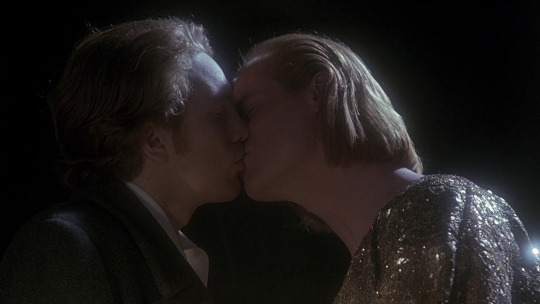
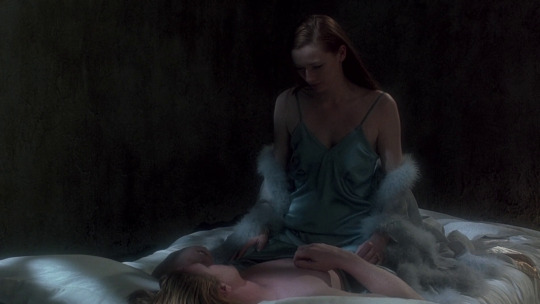
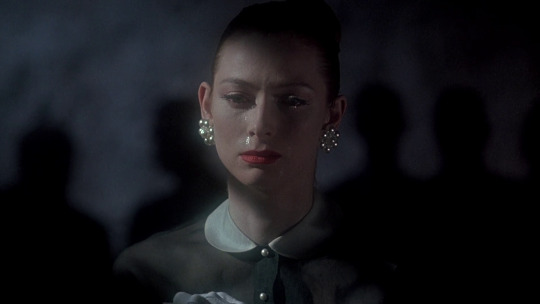
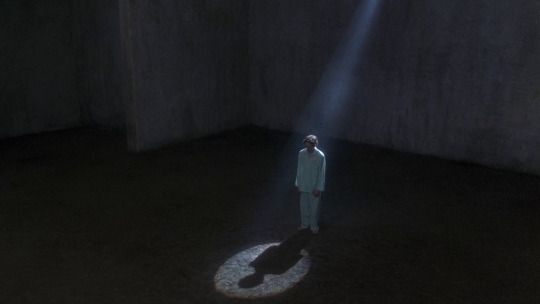


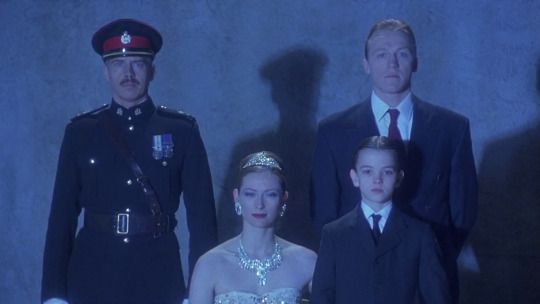
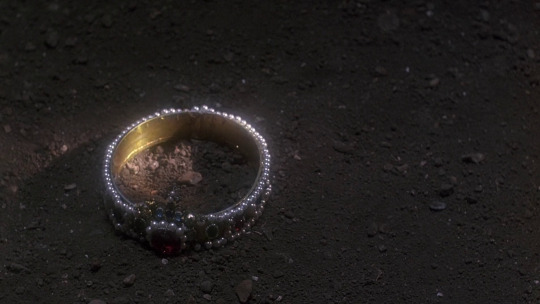
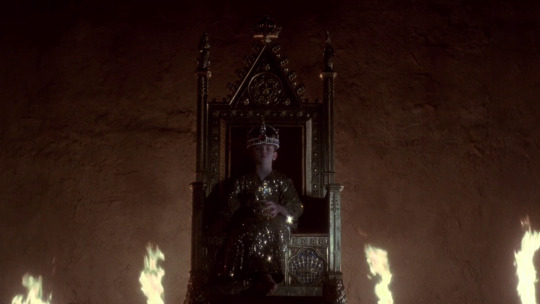
Edward II (1991) | dir. Derek Jarman
#edward ii#derek jarman#steven waddington#andrew tiernan#tilda swinton#nigel terry#films#movies#cinematography#screencaps
129 notes
·
View notes
Photo




Edward II (1991) // dir. Derek Jarman
459 notes
·
View notes
Text
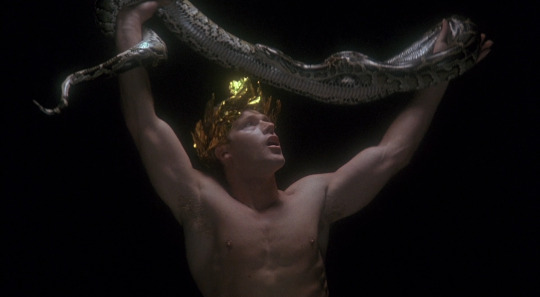








edward ii (derek jarman, 1991)
572 notes
·
View notes
Text
So I am aware that I am the only person making Edward II content as far as I can see, bUT if you are writing/drawing my guy then here is some advice from a MASSIVE Edward II nerd:
let's discuss Edward's appearance in excessive detail (yay)
Ok so. The basics: he had blond curly hair that reached his shoulders, parted in the middle in the style of the time. And a beard. Or at least he does in his effigy, in which we can imagine he is 43, his age at the time of death.

I mean. Let's take a moment to appreciate his hair. It is A Look that I want to emulate with all my heart ands soul. Just me? Fine.
In earlier depictions of him he is clean shaven. For example, this drawing of him when he was accepting the title of Prince of Wales from his father

look at my little guy (literally little, because the picture turned out tiddly and I don't know why). Lmao. Anyway, here are some more pictures of Edward II.

I sometimes see people say that this is a young Edward III, but as this was produced in 1326 I doubt it. I rarely see drawings of royalty before they become active in politics, which Edward III at the tender age of 14 had not yet become. So it's more likely that this is just a very youthful looking Edward II.

Again, this is probably Edward II. It's not specified, but it was produced during his reign so we can safely assume it's the man himself.
ok, so those are some drawings of him, what next?
unfortunately we don't know what his eye colour or complexion was. I'd imagine his eyes were probably blue or grey as it's quite rare to have blond hair and dark eyes. Also (and yes, I am looking too deeply into this, but shush), both his parents had dark hair, so for him to have lighter coloured hair would suggest a lack of pigmentation in hair and eyes, which would also lead to poor eyesight. (I can confirm this because I have the same problem. Both my parents have dark brown hair and dark eyes but I am blond and blue eyed as the pigmentation in my hair and eyes didn't develop as quickly as normal - it's common for white people to be blond when born and then for their hair to darken, but with me this is happening much more slowly than it did for my parents. As a result my eyesight is so bad that I can't buy glasses frames thick enough to contain the lenses lmao.)
here are what some of Edward's contemporaries had to say about him (quotes taken from Kathryn Warner's excellent blog)
"tall and strong, a fine figure of a handsome man"
"fair of body and great of strength"
"of a well-formed and a handsome person"
"one of the strongest men of his realm"
(To be honest the fact that he was super hot seems to be his only redeeming feature in the eyes of the monks.)
Edward enjoyed 'unkingly' activities such as digging ditches, thatching roofs and doing blacksmith work, so we can imagine that he was really strong (the quotes back this up). His father, Edward I, was six foot two so Edward II would have been pretty tall too.
So, in conclusion, if you're writing/drawing Edward II give him awesome hair. Give him dirt under his fingernails. Give him muscles. For the love of God don't turn him into the Braveheart version.
(also, when I look up references to the muscular structure most of the drawings that come up look like they're on steroids. don't put Edward on steroids. The strongest men in the world don't have ridiculously defined muscles. They just look 'bulky' or 'barrel chested'. So yeah :).)
Hope this helps!!! If not, at least this has been an excuse to ramble about Edward II.
#dee rambles#edward ii#rambles#anyway yeah#history#royalty#british history#kings and queens#long post
337 notes
·
View notes
Photo
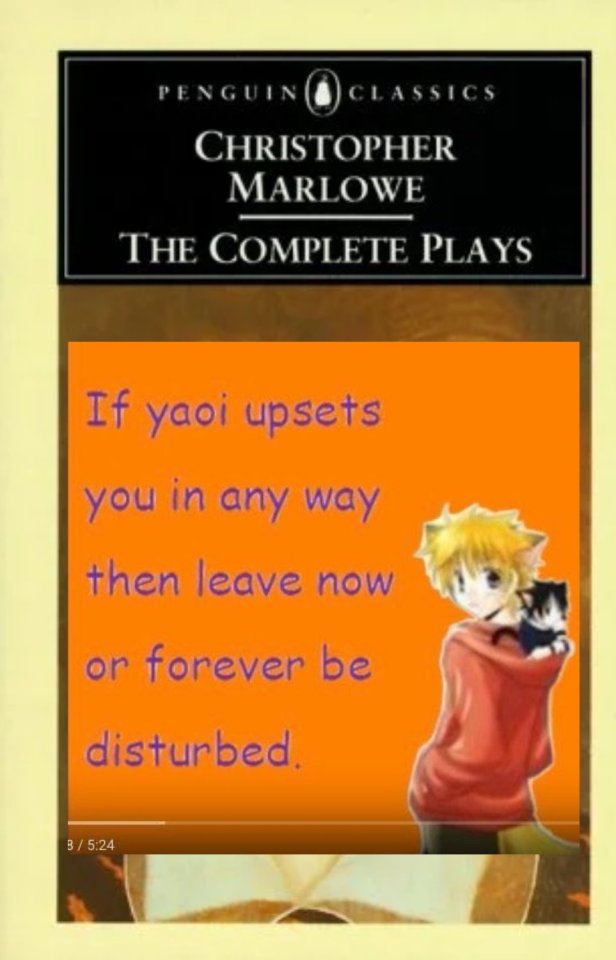
#dont know what came over me#like i had a vision. sorry#shut up ulrike#christopher marlowe#kit marlowe#edward ii#doctor faustus#popular
194 notes
·
View notes
Text
9 Queer Movies from the 1990s You May Not Have Heard Of
It's New Years, which means it's time for lists. And while everyone else is doing 'top X of 2023,' I've decided to list 9 queer movies from the 1990s. Why? Because I wanna. Plus, in discussions of representation, I often see folks talk about it with a heavy focus on mainstream 'Hollywood' produced movies, which leads folks to talk as though progress has been linear. As if, in the past there was no/'bad' queer representation and now there is 'good' representation. But of course it's not that simple. Plenty of amazing queer movies were produced in the past decades...they were just indie movies and thus difficult to find in a world prior to Netflix and Mubi and whatnot. But now we have streaming services, so allow me to share some of my favorites from the before times (specifically the 1990s).
Without further ado....here is an alphabetical list of queer movies from the 90s you may not have heard of (especially if you're under 30).
--

Beautiful Thing (1996) (dir. Hettie Macdonald)
Before there was Heartstopper, there was Beautiful Thing. It's a story about two gay teens, one sporty and one very much not sporty...and about how they deal with pressure to come out and pressure to hide who they are. It's a very sweet coming of age story, really. However, unlike Heartstopper, in Beautiful Thing the economic class of the protagonists plays an important role in the story (the characters all live on a counsel estate in London). The characters stories are nearly as much about them being working class as it is about the two main character being gay. It's one of the first movies I ever saw about gay teens, and I loved it. I still get a wistful smile every time I hear Mama Cass Elliot's "Make Your Own Kind of Music." (cw for parental abuse)
--

Edward II (1991) (dir. Derek Jarman)
The real Edward II was King of England for 20 years in the 14th century. At the end of the 16th century, Christopher Marlowe wrote a play about Edward's reign and eventual downfall. In 1991, Derek Jarman streamlined Marlowe's play and brought all the homosexual subtext between Edward and Gaveston way out front. In the film, Edward II is in prison and reflects on the events which have led him to that point. The trouble begins when Edward takes the throne and brings his exiled lover, Gaveston, back to England. All around them the rest of the aristocracy (including Edward's wife) conspire to bring Gaveston down. The movie itself is anachronistic (set in 1991), with minimal sets and costume, and staged a lot like a play. A lot of the dialogue is right out of Marlowe's play, though there are some changes to the story (notably at the end). It's honestly my favorite Derek Jarman movie, and frankly one of my favorite movies, full stop. (cw for blood, animal corpses, violent death)
--

Fire (1996) (dir. Deepa Mehta)
Fire is the first film in the Elements Trilogy written and directed by Deepa Mehta. Each film in the trilogy is about different characters in India, with the connection between the three being thematic rather than plot or character. Fire is about two Indian women, Radha and Sita, who form a bond through their struggles living within a traditional "joint-family" (i.e. a family where all extended family live together and all money and resources are shared). The women in this family have very little agency and this film explores how the two main characters navigate through it. The men in this film are also repressed by the social structure in which they live, and this film spends some time looking at that as well. It's a film about queer desire between women living under patriarchy. (All the movies on this list are available on streaming services in the US, except Fire. However, I was able to find it uploaded to a random YouTube channel) (cw for someone catching on fire, brief domestic violence (a slap), and non-consensual kissing)
--
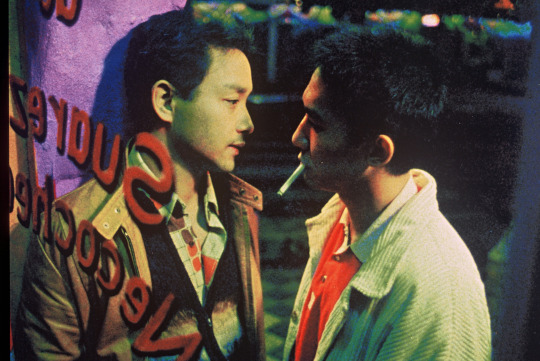
Happy Together (1997) (dir. Wong Kar-wai)
In Happy Together, two men from Hong Kong travel to Argentina and eventually get stuck there when they run out of money and are unable to return home. The relationship between these two men is very tumultuous, with a lot of arguing and breaking up and getting back together. It's one of the first movies I saw in which queer folks have, just, regular ol' relationship drama - exasperated by the regular ol' struggles of life. (i cant remember if there are any content warnings i should put here; it's been a few years since i've seen it)
--

Lilies (1996) (dir. John Greyson)
Lilies is a Canadian film in which a prisoner requests a bishop come to the prison to hear the prisoner's last confession. It quickly becomes clear, however, that the prisoners have something else in mind when they begin staging a play. It turns out the bishop and prisoner knew each other as teens, and the play is about the events in their lives that led up to the prisoner being put on trial. So you end up with a play-within-a-play (or rather a play-within-a-movie). The film weaves between the production staged in the prison and the memory of the events in a really fluid way. All the prisoners portray their characters in the 'memory' sections, which lends itself to some really great moments in the prison sections. And at the heart of this memory/story is a queer love story. (cw for parental abuse, murder, fire, and suicide)
--

The Living End (1992) (dir. Gregg Araki)
This is a film about two young gay men who are diagnosed HIV positive. Unlike more mainstream films about HIV that came before (and after), The Living End wears its anger and pain on its sleeve. The entire world is entirely fucked up, and so these two men turn to a nihilistic outlook. The acting is just okay and some of the dialog is a bit ridiculous...but what draws me to rewatch this movie is the way that it conveys the emotion of the time. It's a ball of rage manifest on film. (cw for attempted suicide, rape, murder)
--

Love is the Devil (1998) (dir. John Maybury)
One of the problems with the average biopic is that it attempts to portray a person's entire life in a single movie. Thankfully, Love is the Devil doesn't have that problem; it focuses on only 8 years of Francis Bacon's life - the time he spent with a man named George Dyer. By this point, Bacon was already an extremely famous artist (and, at least in the film, a bit of an asshole). Bacon meets Dyer as Dyer attempts to burgle Bacon's studio - and thus begins an extremely dysfunctional love affair. If you want to see Derek Jacobi and Daniel Craig portray this dysfunctional relationship, then this is the movie for you. Also, if you want to see a biopic that lets the subject of the film be portrayed as a shitty person, this is a film for you. (cw for bdsm, drug use, untreated mental illness, and suicide)
--

Orlando (1992) (dir. Sally Potter)
From right out the gate, Orlando announces its queer themes by having Quentin Crisp portray Queen Elizabeth I, and Tilda Swinton portray Orlando (a man). From the first scenes it becomes clear that gender is going to be a main theme in the movie. Orlando is a young man who will never grow old and never die. He begins life in the 1500s, during Queen Elizabeth's reign, and we see him (and later, her) throughout the centuries between then and 'present' day (1992). The film is broken into thematic chunks (poetry, politics, society, etc). In each of these chunks we see Orlando's life as it reflects the social norms of the time (especially gender norms).
--
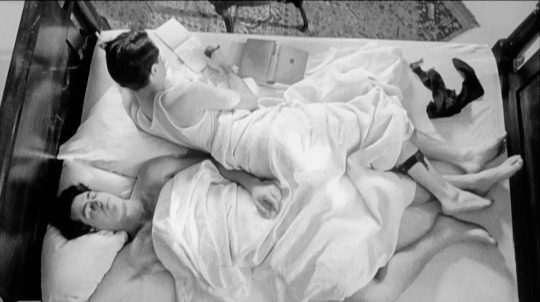
Swoon (1992) (dir. Tom Kalin)
Like Rope (1948) and Compulsion (1959), Swoon is a film about the Leopold and Loeb murder. Unlike the earlier films, Swoon makes the gay relationship between Leopold and Loeb explicit. Their relationship in the film is fairly uneven, with Loeb being characterized as more of an explicit manipulator. Leopold, on the other hand, is driven more by wanting to please Leob. Complicating this dynamic is the way that Leopold is the one more interested in their sexual relationship. Is Loeb exchanging sex for help with his criminal activities? Or is Leopold committing crimes in order to elicit sex from Loeb? Or both...something a bit more complicated than either/or? The film, especially the latter half, eschews and lampoons the sensationalism of the reporting of the crime from the time. (cw for murder, blood (in black and white), and animal corpses)
--
Honorable mention goes to more well-known movies I didn't put on this list, such as: But I'm a Cheerleader, Velvet Goldmine, Bound, Adventures of Priscilla Queen of the Desert, The Birdcage, To Wong Foo, Thanks for Everything! Julie Newmar, My Own Private Idaho, Bent...there are actually a whole lot of queer movies from the 1990s, now that I think about it.
#beautiful thing#hettie macdonald#edward ii#derek jarman#fire#deepa mehta#happy together#wong kar wai#lilies#john greyson#the living end#gregg araki#love is the devil#john maybury#orlando#sally potter#swoon#tom kalin#virginia wolf#leopold and loeb#tilda swinton#quentin crisp#derek jacobi#daniel craig#francis bacon#lgbt movies#queer movies#lgbt representation#queer representation#1990s movies
61 notes
·
View notes
Text

Gotta continue being a parody of myself
31 notes
·
View notes
Text
isabella of france with edward ii:

74 notes
·
View notes
Text

Nickistat bliss (to balance out the angst of my latest post🥲)
#interview with the vampire#nickistat#nicolas de lenfent#lestat de lioncourt#edward II#derek jarman#inspired by
66 notes
·
View notes
Text

Wolfgang Stollwitzer and Sabrina Lenzi in Edward II, 1997. Photographed by Alastair Muir.
70 notes
·
View notes
Text
you want me to get sleep? the thing that killed edward II??
#edward ii#i actually screamed out loud when I read that part... I wish I could read it for the first time again
20 notes
·
View notes
Photo

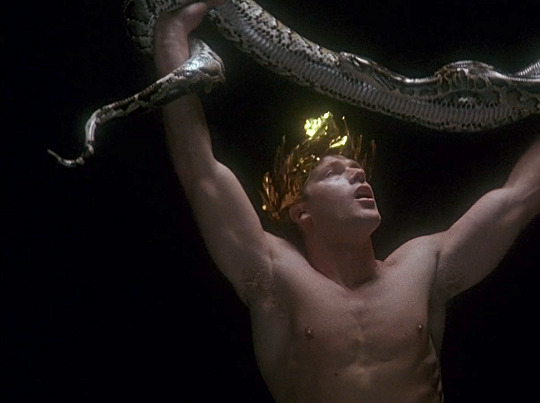
Sex and Astrology (1971) // dir. Matt Cimber
Edward II (1991) // dir. Derek Jarman
408 notes
·
View notes
Text
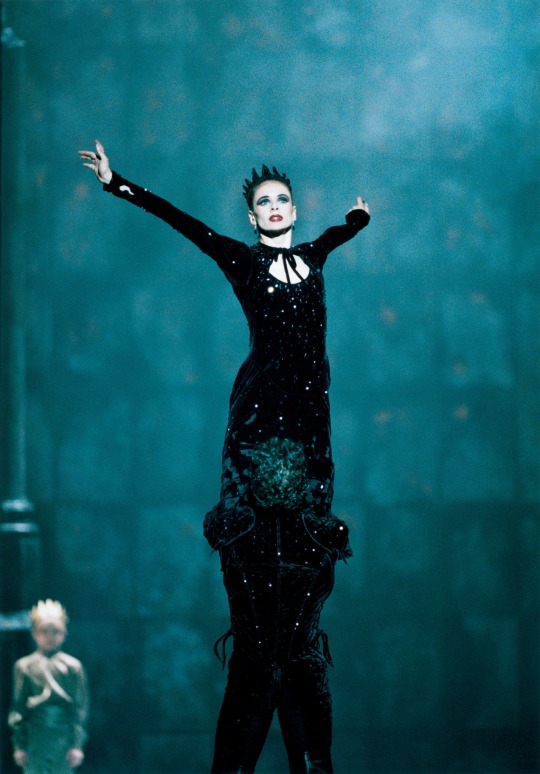
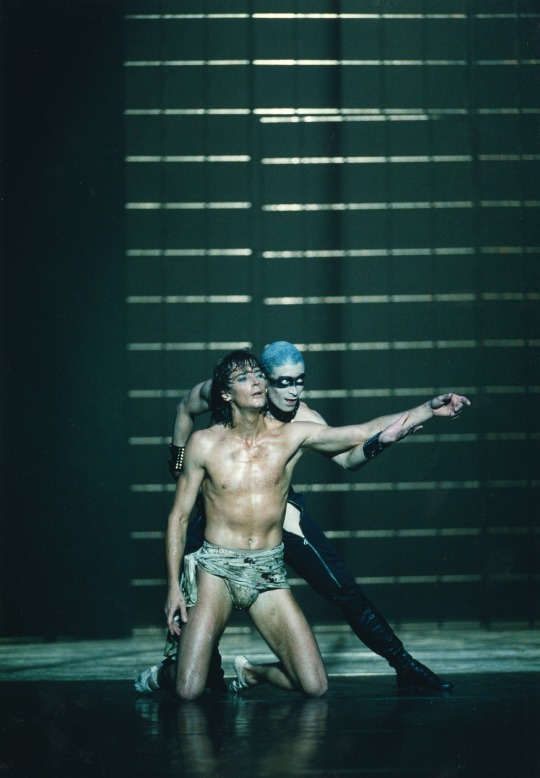
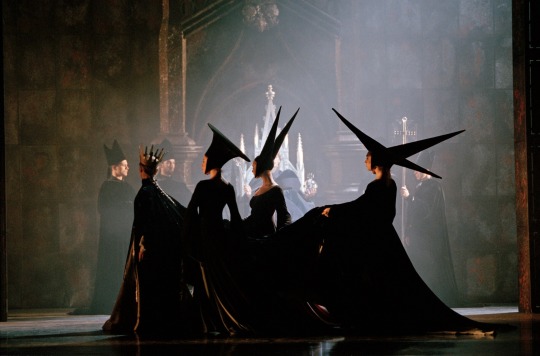

The Birmingham Royal Ballet’s Edward II choreography by David Bintley, 1995
#I don’t care if you saw this live it SHOULD HAVE BEEN ME#I could post 1 billion more pics from this production it’s crazyyyyyyyg#Edward ii#ballet#lgbt#double shot
26 notes
·
View notes
Text
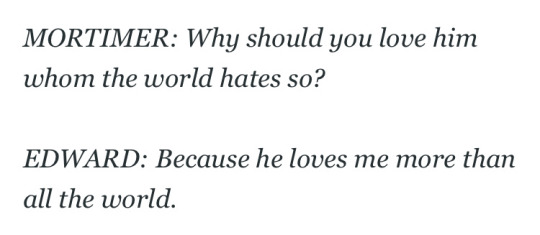
(from edward ii by christopher marlowe)
wow gay people really have always been fuckin insane haven’t they
#this play actually did genuinely change my life#also don’t let the tenderness fool you theyre sooo toxic#edward ii#christopher marlowe#kit marlowe#ev.txt
443 notes
·
View notes
Text
"There were contradictory rumours in England about the queen, some declaring that she was betrayer of the king and kingdom, others that she was acting for peace and the common welfare of the kingdom, and for the removal of evil counsellors from the king."
-The Lanercost Chronicle (c.1346) about ISABELLA OF FRANCE, describing her return to England in 1326 with an invading army
#Isabella of France#SO interesting that the duality that has characterized Isabella's historiography across the centuries was present from the very beginning#historicwomendaily#Edward II#14th century#english history#my post#contemporary sources#queue
12 notes
·
View notes
Text
Old people: Nobody was gay when I was a kid! It's a modern invention! Gay people in a period drama? Wrong!
Actual Kit Marlowe in the actual 17th century:
💫All they that love not tobacco & Boyes were fooles💫
#christopher marlowe#kit marlowe#dark academia#english literature#literature#light academia#writing inspiration#text post#creative writing#books & libraries#book quotes#poetry#hero and leander#edward ii#doctor faustus#lgbtq#shakespeare#marlowe
191 notes
·
View notes